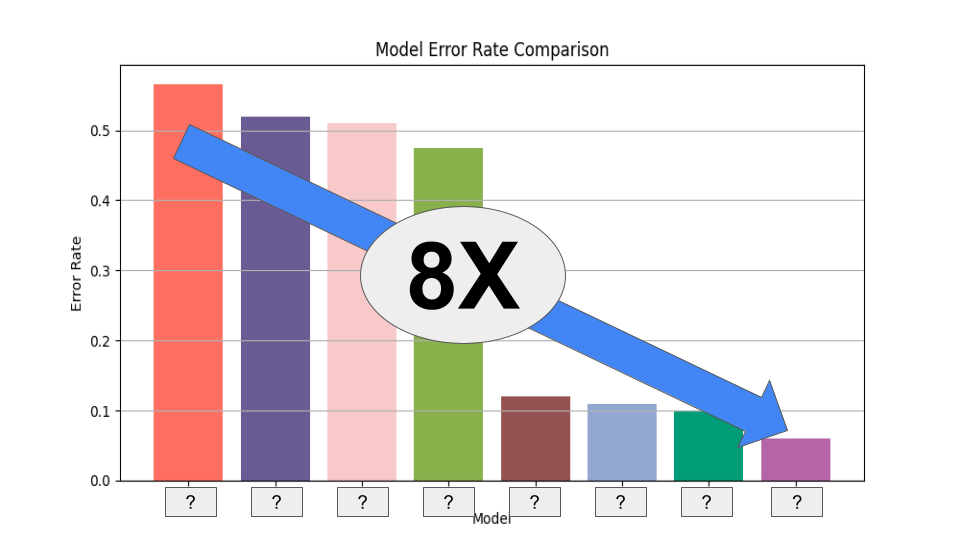Data or Model: Which One Holds the Key to Success in AI?
When it comes to artificial intelligence — is it your data or your model that determines success? Imagine a boxing ring where two competitors enter: one armed with a ruler, and the other with a shiny hammer. Each believes they have the advantage in crafting the best machine learning solution.
In my professional journey, I’ve worn two hats: that of a data scientist and a deep learning developer. Interestingly, the line separating these two roles isn’t as clear-cut as one might think. Both professions revolve around data and models, sharing similar metrics for success and principles of operation. So, what really sets them apart?
The Heart of the Matter: Attitude Matters
From my experience, a pivotal distinction lies in their mindset. Often, deep learning developers — particularly those just starting out — lean heavily toward model-building. In contrast, data scientists spend more time digging into the data, adjusting and analyzing it so that nearly any model could potentially yield satisfactory outcomes.
To simplify things even further, we can say:
Deep Learning = Model Oriented
This model-focused philosophy might be beneficial for specific tasks. However, the versatile and adaptable nature of data-driven approaches often leads to more nuanced solutions.
The Data Science Perspective: Quality Over Quantity
Consider this: a data scientist might approach a project by first understanding the nature of the data, asking questions like:
- What insights can I extract?
- How clean is the data?
- Are there patterns waiting to be uncovered?
By spending time on the data, a data scientist sets the stage for successful model development. This approach is especially essential in regions where data can be messy or unstructured, like in industries such as healthcare or finance, where the stakes are incredibly high.
The Deep Learning Developer’s Approach: The Quest for Perfection
On the other hand, deep learning developers often thrive on pushing boundaries with complex algorithms. Imagine a young developer who gets excited about the latest neural network architecture — for them, it’s all about the model’s potential. They are often driven by the latest trends and innovations, wanting to implement the most cutting-edge technology without delving deep into the specifics of the underlying data.
A Real-World Case: Bridging the Gap
Let’s paint a picture with a real-world scenario. Picture a local fashion retailer looking to implement AI for inventory management. A data scientist may start by analyzing sales patterns, seasonal trends, and customer preferences — a holistic view that can guide the model selection process effectively.
In contrast, a deep learning developer might jump straight into building a forecasting model using the latest techniques, potentially overlooking crucial insights hidden within the data. The outcome? A model that generates predictions but may fall short because it lacks context from the data.
Wrapping Up: Data vs. Model
So, which is more important? The truth is, it’s a dance between the two. A robust model without quality data is like a beautiful car without fuel. Conversely, great data without a capable model is akin to having a full tank with nowhere to go. Balancing both is essential for success in the AI space.
The AI Buzz Hub team is excited to see where these breakthroughs take us. Want to stay in the loop on all things AI? Subscribe to our newsletter or share this article with your fellow enthusiasts.




